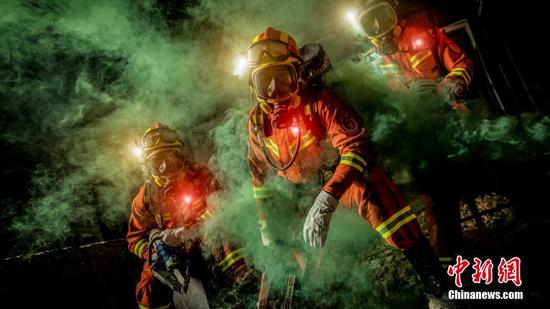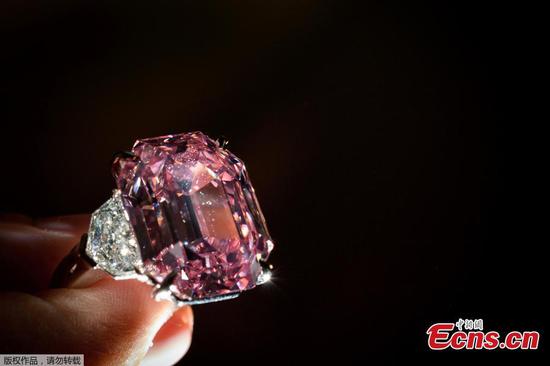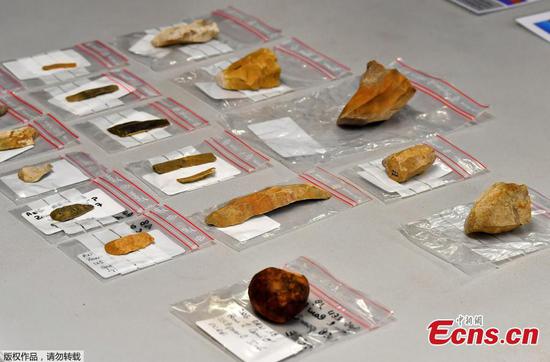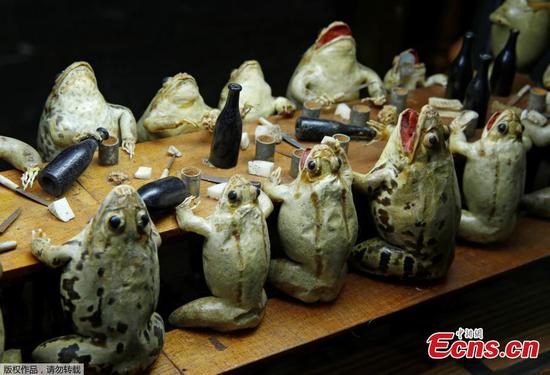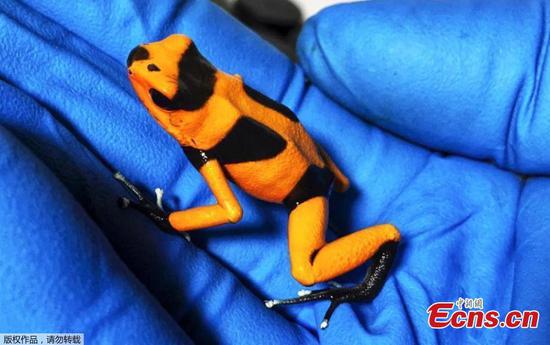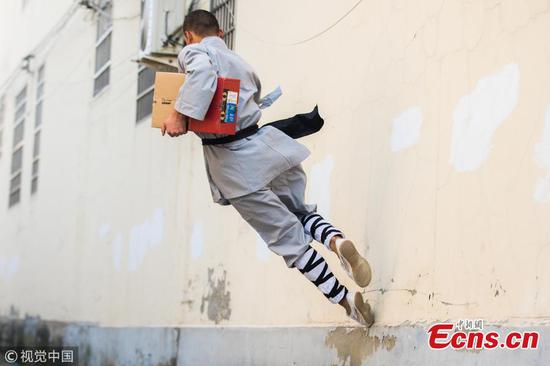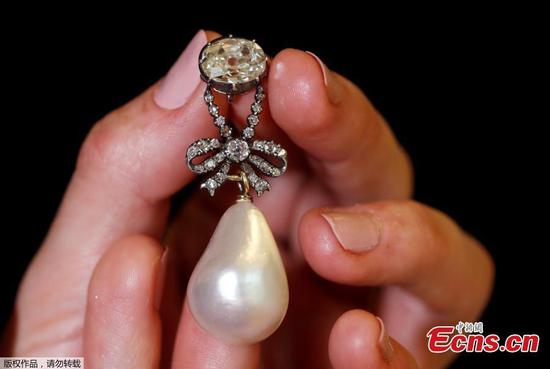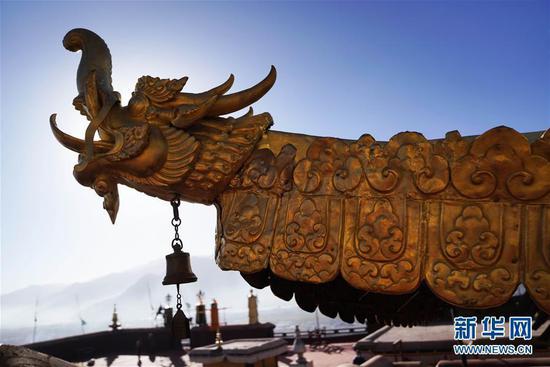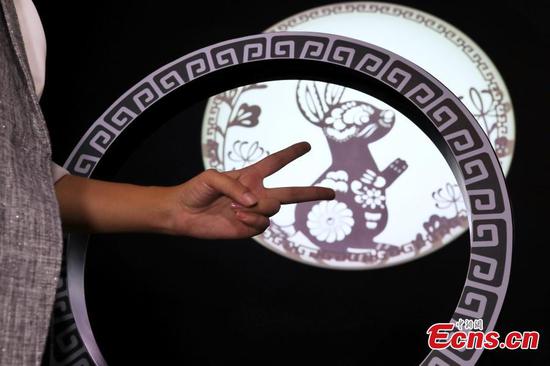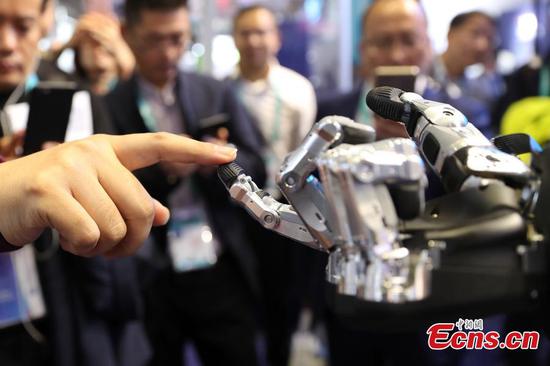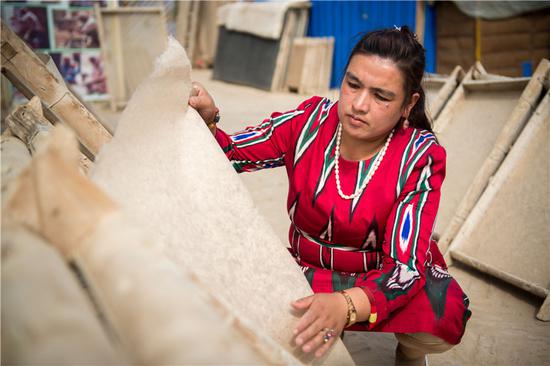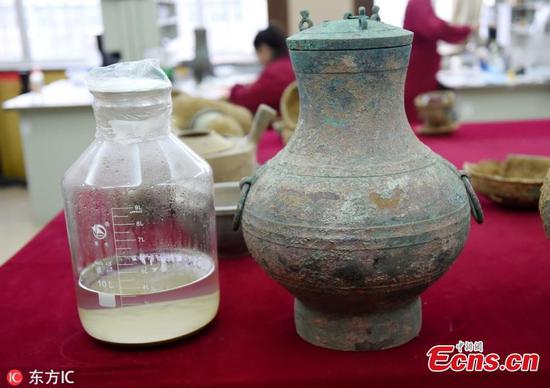Two human skulls unearthed in Yinxu, or the Ruins of Yin, one of China's oldest archaeological sites, in central China's Henan Province, show traces of craniotomy, said Chinese archaeologists.
One of the skulls belongs to a 10-year-old boy, showing a circular perforation about 1 cm in diameter on top of his head.
"The skull surface is smooth and even, indicating the traces of artificial drilling. And the cranium shows that it still grew after the perforation, which suggests the surgery was successful," said Yue Hongbin, researcher with the Institute of Archaeology under the Chinese Academy of Social Sciences (CASS).
The other piece of evidence of early craniotomy was found on the fontanelle of the skull of a male adult. The perforation appears in the front of his skull. The inside diameter of the hole measures 8 mm, while the outside diameter measures 19 mm.
"Such medical achievements dating back to more than 3,000 years ago are beyond our imagination," said Yue.
Based on the archaeological research of the ruins, people living during the Shang Dynasty (about 1600 BC-1046 BC) had a systematic cognition of diseases in various parts of the human body, and were able to treat different diseases with drugs, surgeries, acupuncture and massages, said Yue.
Inscriptions on bones or tortoises in the period record names of 50 kinds of diseases with descriptions of pathological sensations and disease locations. They also involve therapies with medicine, surgery, orthopedics and neurology, according to Song Zhenhao, one of the oracle bone research leaders at CASS.
China in 1928 began an official excavation of the Ruins of Yin, the last capital of the Shang Dynasty, which is in the current day city of Anyang, marking the start of modern Chinese archaeology. This year coincides with the 90th anniversary of the excavation.
Through years of research, archaeologists have gradually uncovered ancient therapies.
In one of the tombs, a large number of plant leaves were unearthed. Some of the leaves held in bronze pots had been well preserved. They have been identified as oriental bittersweet, a herb used in traditional Chinese medicine for clearing away heat and toxic materials, and used as a snake venom remedy.
In another tomb, the tomb master's skeleton shows a badly injured left femur. It was found covered with pepper and well preserved, while the rest of the thighbone had completely decayed.
"The ancient Chinese had clearly already understood the functions of pepper in relieving pain, stopping bleeding, and promoting granulation and anticorrosion," said Yue, adding that they have also found medical tools at the ruins.
Four bone needles measuring between 11.7 and 13.3 cm have also been found inside a bone.
"They were not needles for sewing, since they are sharp at both ends and do not have pinholes. We believe they were for medical use," said Yue.
Some blunt jade knives unearthed from the ruins were likely used for massages, he added.
"Archaeological findings in the ruins have continued to provide more and more evidence to help recast ancient medical history," Yue said.









